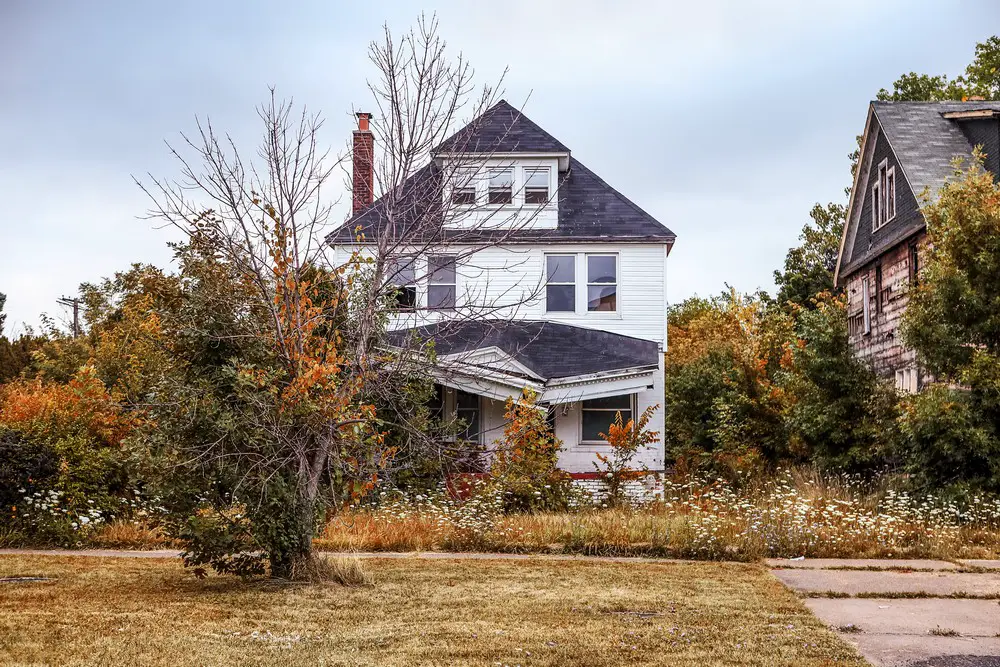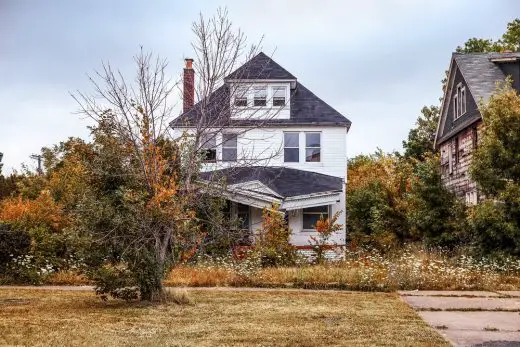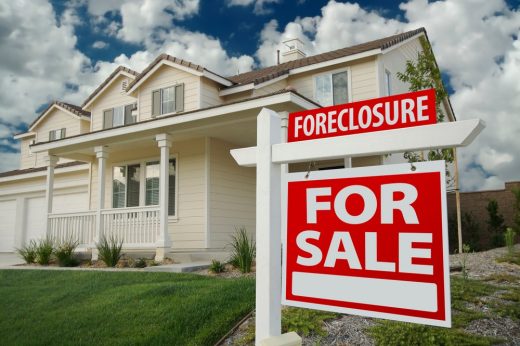Revitalizing distressed property guide, Property refurb tips, Buying houses, Building renewal advice
Consider this when Revitalizing Distressed Property Advice
26 July 2023
The appeal of properties facing foreclosure, those vacant for a prolonged period, or in significant disrepair, is undeniable. For astute property buyers, these assets represent a gold mine of untapped potential. Yet, the path to breathing new life into such real estate is not without its challenges. In an increasingly competitive market, a comprehensive understanding of this type of property revitalization is key to success.
Philadelphia is a thriving market for distressed properties, making it a hotspot for investors. The popular sentiment expressed by seasoned investors, “We buy houses in Philadelphia,” underscores the city’s potential for investment opportunities. However, knowing the right steps to take when revitalizing these properties is crucial.
Let’s take a closer look into these considerations to illuminate the path to successful distressed property revitalization.
Revitalizing Distressed Property: 6 Things To Consider
- Understanding Distressed Properties
To start the journey of property revitalization, it’s vital to first comprehend the conditions that render properties as distressed – significant disrepair, foreclosure, or prolonged vacancy. Familiarize yourself with the following characteristics of distressed properties:
- Properties are often sold by owners looking to avoid foreclosure or get rid of a burdensome asset.
- Pricing is typically below market value due to the property’s condition.
- Causes of distress can include financial issues, mismanagement, or neglect.
Grasping these features prepares you effectively for the challenges and opportunities within the distressed property market. Next, we’ll explore the process of pinpointing these properties.
- Identifying A Distressed Property
Once you understand the defining factors of a distressed property, the subsequent step involves identifying such properties in the real estate market. Spotting such a property can be akin to a treasure hunt, where the signs are often subtle. Here are a few indicators that can guide your search:
- Look for notices of default or other public records that signal financial distress.
- Pay attention to physical signs of neglect such as boarded-up windows or overgrowth.
- Use resources like foreclosure listings or connect with real estate professionals.
By utilizing these identification techniques, you’re one step closer to finding your potential goldmine. Yet, it’s not all about discovery. Next, we’ll discuss the importance of assessing the risks and rewards.
- Assessing The Risks And Rewards
While the restoration of distressed properties is fraught with risks, it can equally offer high rewards. Balancing the two is a critical skill for success. Here are the key aspects you should weigh:
- Potential for high profits due to the low acquisition cost.
- Financial risks such as unanticipated renovation costs, legal fees, or market downturns.
- Non-financial impacts include community improvement and historical preservation opportunities.
A thorough understanding of these elements empowers you to make well-informed decisions that align with your financial objectives. As we proceed, we’ll dive into the legal and ethical considerations that come with distressed property investment
- Navigating Legal And Ethical Aspects
Beyond financial and renovation considerations, the distressed property market also necessitates careful navigation of a legal and ethical landscape. Both areas require meticulous attention to detail and a strong sense of responsibility. Key areas to focus on include:
- Local real estate laws and zoning regulations relevant to your project.
- Any liens or back taxes on the property.
- Transparency with sellers and respect for the surrounding community.
Effectively managing these legal and ethical considerations not only safeguards your investment but also helps in fostering a positive reputation in the market. With legal and ethical considerations in mind, we can move on to the execution of the revitalization process.
- Executing The Revitalization Process
After securing a property under distress and assessing the potential risks, it is time to execute your plans. The execution phase can be the most exciting and challenging part of the journey. Here’s what you should consider:
- Create a realistic budget that includes potential contingencies.
- Hire reliable contractors for quality work that adheres to your timeline.
- Plan renovations based on each property’s unique needs.
Executing a successful revitalization is truly where your vision comes to life. But there’s one more consideration that can significantly impact the success of your project: community and local government engagement.
- Engaging With The Community And Government
The final consideration involves liaising with the individuals and institutions that form part of your distressed property’s context. Reaching out to them effectively can mean the difference between a smooth process and unexpected roadblocks. Here are some crucial points to remember:
- Seek community support by engaging early and often.
- Use local government resources and seek potential redevelopment incentives.
- Position your project as a positive contributor to local economic development or community revitalization efforts.
Building strong relationships with local residents and public agencies can significantly streamline your property renewal efforts and pave the way for future projects. Now that we’ve covered all six key considerations, let’s bring our discussion to a close.
Reflecting On The Journey Of Distressed Property Revitalization
Investing in distressed properties is not a task for the faint-hearted. It requires perseverance, strategic planning, and a thorough understanding of the market.
It also involves the ability to identify potential properties, the capacity to navigate the legal and ethical landscape, and the initiative to establish connections with the community and government. With careful execution, this venture can yield significant financial rewards and contribute positively to the surrounding area, benefiting both the investor and the local residents.
Comments on this Revitalizing Distressed Property: 6 Things To Consider are welcome.
Homes
Property Articles
Property Design
Step House in North London, England, UK
Architects: Bureau de Change

photo © Ben Blossom
North London Property Extension
Comments / photos for the Revitalizing Distressed Property: 6 Things To Consider page welcome







